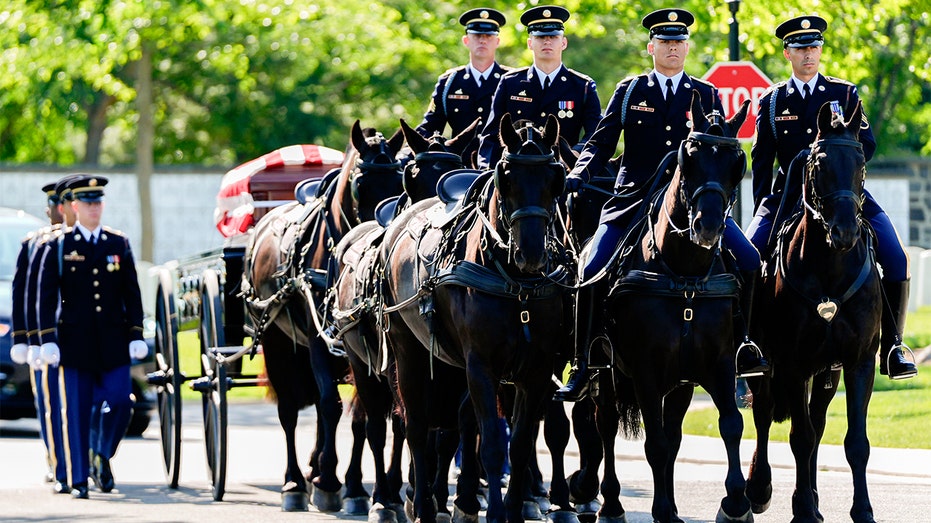Army Revives Historic Horse-Drawn Funeral Tradition After $28M Overhaul Following Two-Year Hiatus
U.S. Army’s Caisson Detachment returns to Arlington after two-year hiatus, honoring fallen heroes with traditional ceremonies

The return of the U.S. Army’s Caisson Detachment to Arlington National Cemetery this week marks a poignant moment in military tradition, restoring a centuries-old honor after an unprecedented two-year suspension. The ceremonial horse unit, renowned for transporting the remains of fallen service members to their final resting place, resumed its duties in Section 62 by escorting Private Bernard Curran—a World War II veteran whose journey home was decades in the making. Curran, who died in captivity during the war and was buried with fellow prisoners in the Philippines, was only recently identified and repatriated, culminating in a solemn procession befitting his sacrifice.
This milestone arrival follows a period of intense scrutiny and transformation for the Caisson Detachment. The program had been paused following the tragic deaths of several horses, including two within four days of each other in 2022—a loss attributed to substandard living conditions and feeding practices at the historic Fort Myer stables. An Army investigation revealed alarming details: aging facilities, poor quality hay, parasite infestations, and horses forced to eat from muddy, gravel-strewn lots contributed to a crisis of care. The findings called into question the Army’s stewardship of these iconic animals and led to calls for immediate reforms.
Major General Trevor Bredenkamp, Commanding General of Joint Task Force National Capital Region and the U.S. Army Military District of Washington, assumed oversight during this turning point. “We had to rehabilitate many of our horses and found years of underinvestment,” Bredenkamp stated. “Some were injured beyond recovery and had to be retired, while new horses were carefully procured. We realized we lacked crucial expertise to properly care for these special animals.” Under his leadership, the Army embarked on a comprehensive overhaul—raising all feed off the ground, installing rubber stall matting to prevent gravel ingestion, and adopting modern veterinary standards.
The Army's commitment included seeking out top civilian equestrian trainers and investing $28 million to upgrade both facilities and protocols over the last two years. Lieutenant Colonel Jason Crawford, an experienced Army veterinarian, was promoted to lead the detachment. He underscored the importance of persistent, professional care: “We’ve now got civilian trainers working on each squad and have made routine dental and veterinary care a priority,” Crawford explained. The selection of horses is also more rigorous, as they must withstand frequent, ceremonial marches on concrete—requiring durability, strong physiques, and calm demeanors.
For the families of fallen service members, the return of the Caisson unit restores more than just a symbol—it revives a deeply meaningful tradition. For more than 70 years, these horses have solemnly pulled the flag-draped coffins of America’s heroes, embodying respect, reverence, and the continuity of service. Army Secretary Daniel Driscoll reflected on this legacy: “The Caisson units go back hundreds of years. When militaries want to show respect and love for their soldiers, these traditions become enduring symbols.”
With state-of-the-art stables, a revitalized corps of horses, and a renewed commitment to animal welfare, the Caisson Detachment stands ready once again to serve at Arlington. As Major General Bredenkamp noted, “Carrying our honored dead to their final resting place is a visible symbol of American resolve and honor.” In honoring Private Bernard Curran and countless others, the Army’s caisson team reaffirms not only its traditions but its dedication to dignity—in life and in death—for those who have served.




